#nebulae
Text








“We must understand the Cosmos as it is and not confuse how it is with how we wish it to be.”
l all taken by Andrew McCarthy l Carl Sagan
#nebula#milky way#space#astrophotography#astronomy#carl sagan#universe#stars#solar system#nebulae#heart and soul nebulae#california nebula#night#galaxy#planets#sky
3K notes
·
View notes
Text
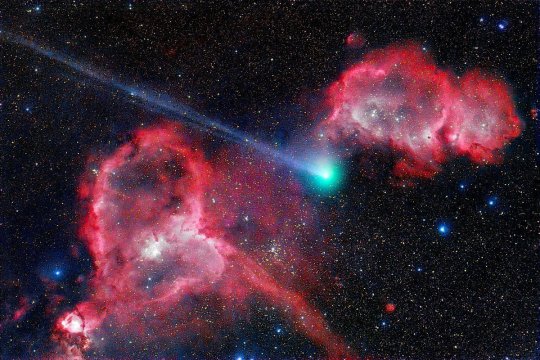
Comet Jacques and The Heart & Soul Nebulae
#astronomy#night#sky#space#stars#nasa#science#universe#nebula#galaxy#Nebulae#Heart#Soul#Comet#Comet Jacques
3K notes
·
View notes
Text
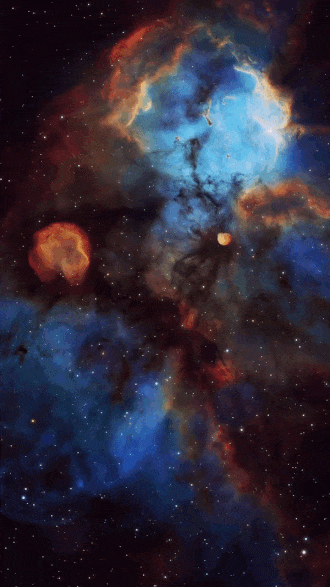

the skull and crossbones nebula ☠️ | art by jjlodge on ig
#stim#space#galaxies#art#sfw#orange#black#blue#yellow#stars#nebulae#astronomy#space photography#animation#clouds#ishy gifs#postish
273 notes
·
View notes
Photo

Orion's Belt closeup © Gianni Fardell
#space#orion's belt#astrophotography#stars#nebulae#nasa#astronomy#universe#planet#cosmos#galaxy#planets#solar system#night sketches#nebula
791 notes
·
View notes
Video
“ Observations I ” // © Teun van der Zalm
Music: Katolikus Enkek - Mert feledkezel el rolunk
#art#artist#vfx#composition#particlephysics#nebula#nebulae#CGI#animation#space#3Dmax#4K#8K#reels#aesthetics#wanderlust#explore#follow#discover
719 notes
·
View notes
Text
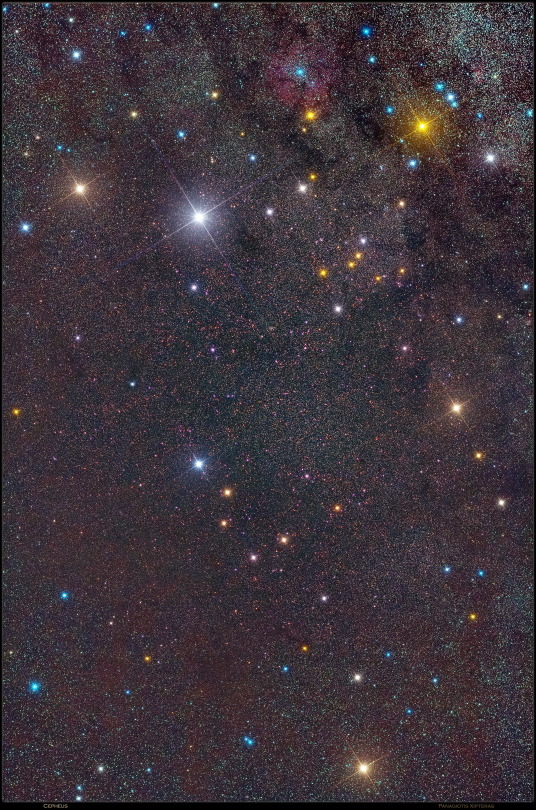
Cepheus constellation. Image by @xipteras
https://www.xipteras.com
2K notes
·
View notes
Text

Orion Nebula
"The dusty side of the Sword of Orion is illuminated in this striking infrared image from the European Space Agency's Hershel Space Observatory. This immense nebula is the closest large region of star formation, situated about 1,500 light years away in the constellation of Orion. The parts that are easily observed in visible light, known alternatively as the Orion Nebula or Messier 42, correspond to the light blue regions. This is the glow from the warmest dust, illuminated by clusters of hot stars that have only recently been born in this chaotic region.
The red spine of material running from corner to corner reveals colder, denser filaments of dust and gas that are scattered throughout the Orion nebula. In visible light this would be a dark, opaque feature, hiding the reservoir of material from which stars have recently formed and will continue to form in the future.
Herschel data from the PACS instrument observations, at wavelengths of 100 and 160 microns, is displayed in blue and green, respectively, while SPIRE 250-micron data is shown in red.
Within the inset image, the emission from ionized carbon atoms (C+), overlaid in yellow, was isolated and mapped out from spectrographic data obtained by the HIFI instrument."
Image and information from NASA.
217 notes
·
View notes
Text

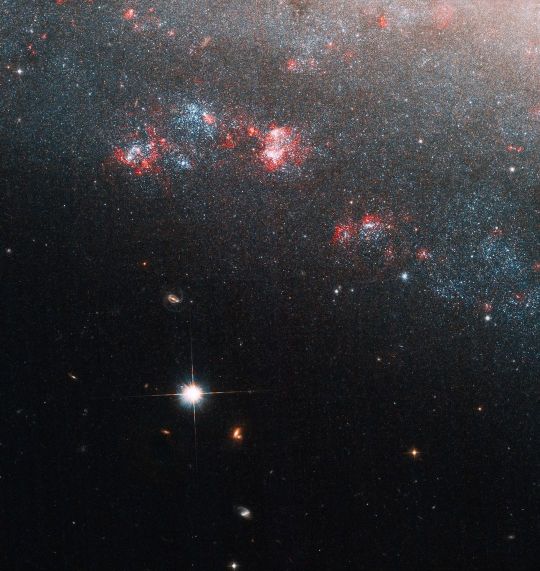
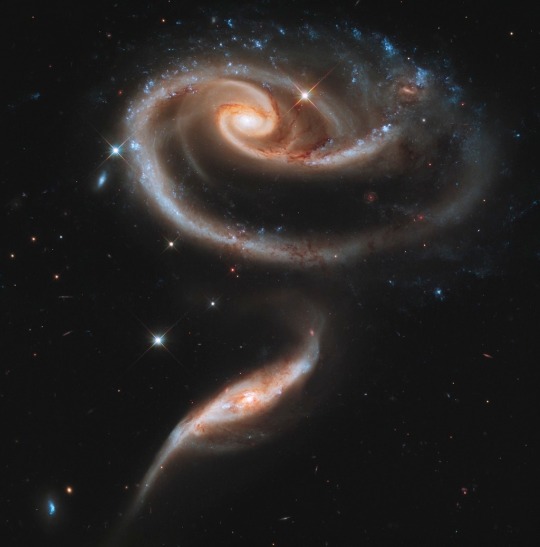

by nasahubble
#nasa#nasa hubble#space#outer space#galaxy#galaxies#nebula#nebulae#science#cosmos#nature#naturecore#aesthetic#curators on tumblr#up#astronomy#astrophotography#universe
4K notes
·
View notes
Photo

M74 346 !
Combining data from some of NASA’s most powerful instruments, four new composites highlight the enormity of the cosmos in unprecedented detail. Imagery from the Chandra Observatory and the James Webb and Hubble telescopes—plus infrared information from the Spitzer telescope’s final missions—mesh together to generate mesmerizing views of iconic nebulae and galaxies.
Composite X-ray: Chandra: NASA/CXC/SAO, XMM: ESA/XMM-Newton; IR: JWST: NASA/ESA/CSA/STScI, Spitzer: NASA/JPL/CalTech; Optical: Hubble: NASA/ESA/STScI, ESO; Image Processing: L. Frattare, J. Major, N. Wolk, and K. Arcand
#art#photography#space photography#M74 356#Xray#chandra#nasa#space#cosmos#cosmic#universe#james webb#chandra telescope#spitzer#nebulae#galaxy
216 notes
·
View notes
Text
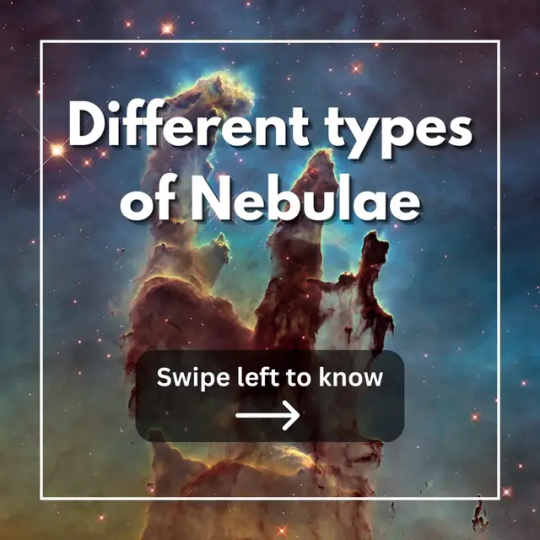
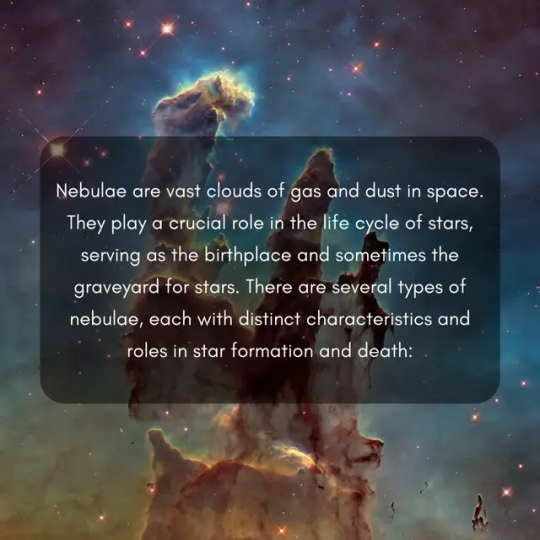

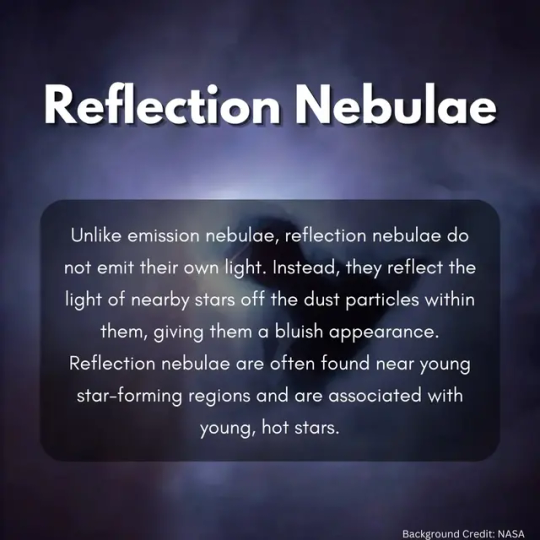
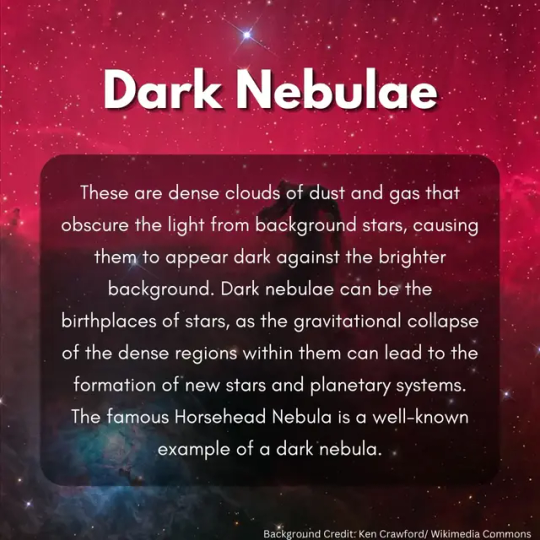

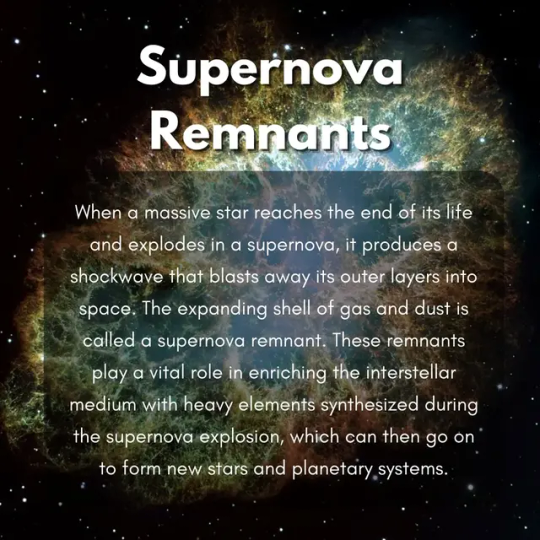
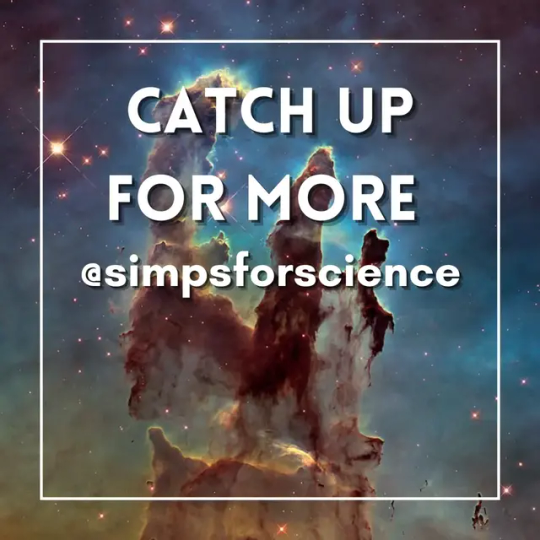
Not just space clouds! Nebulae are stellar nurseries, battlegrounds, & dying stars' farewells. Which type is your favorite? 🌌 ✨️
Image credit: NASA, ESA, and the Hubble Heritage Team (STScI/AURA)
#nebula#nebulae#orion#orion nebula#horse head#supernova#stars#dying star#night skies#galaxy#astronomers#astrophotography#astro#astrophysics#astro community#physics#nasa#cosmos#cosmology#celestial#space#science#science facts#education#discover#scicomm#study blog#studyblr#explore#simps for science
60 notes
·
View notes
Photo




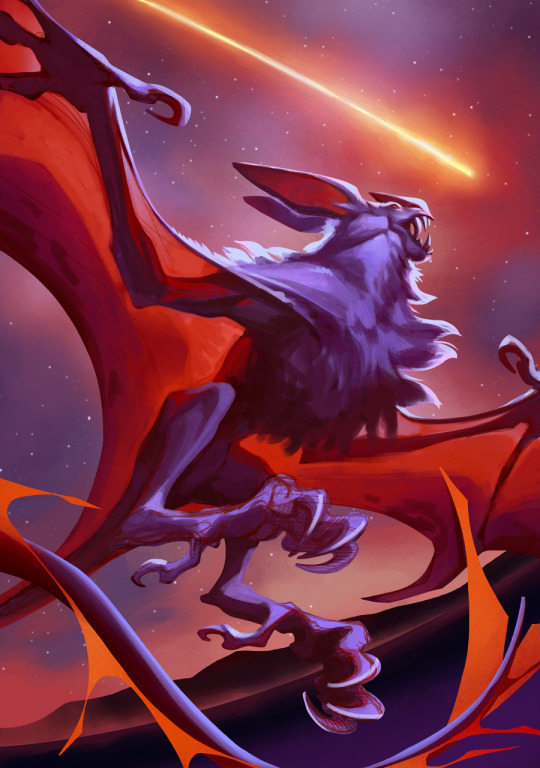



Took an old unfinished painting, redrew it, then finished it up. This shows my general process pretty well — Rough Sketch > Sketch > Rough Paint > Less Rough Paint > Final Paint.
The original composition (not shown here because it's old and bad) had the creature in a half-zombified state... and although that’s theoretically dope as hell, it didn’t really tell a story and (as a consequence) was kind of boring. “Local Commuting Monster Surprised By Meteor” ended up working better.
The background is simple — I made an initial lasso tool shape (liquified to give it a fish-eye lens look), then used a fuzzier graphite-textured airbrush with low flow to paint the bulk of the sky. The meteor was painted on top, with some Hard Light layers and regular paint on top to make it “feel” bright without getting too white. The creature brightened up significantly as I painted, because... well, a more “realistic” look for the lighting isn’t always the best route (as much as I like the darker look, in hindsight). As a consequence, the BG had to be mildly desaturated to prevent my eyes from bleeding out.
Waffled a bit on if it should stay portrait, or make it a more standard 4:3 size... ended up going with a 4:3 proportion midway through, as well as changing the background land to dark clouds. I painted it with about an inch of margin (you can see this in the last WIP) to give me wiggle room for displaying it. Sometimes I'll add notes on top of my painting when I'm down to the wire (in the last WIP again) to help remind me what I need to focus on. For optimum progression, I added the finished painting at the end — no idea if new Tumblr will loop it to the beginning.
Starseeker, 2023.
Used Photoshop for the initial rough sketch, redrew it in Procreate, then took that back to Photoshop to do the heavy lifting. OSX as always, with a Wacom Intuos 5 as my trusty tablet.
426 notes
·
View notes
Photo


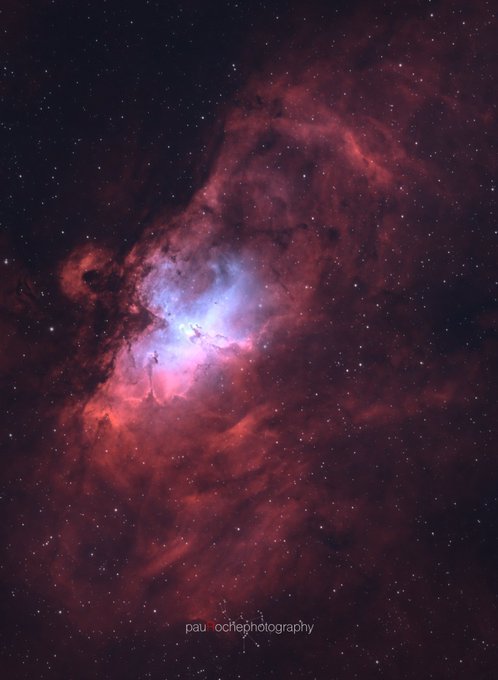

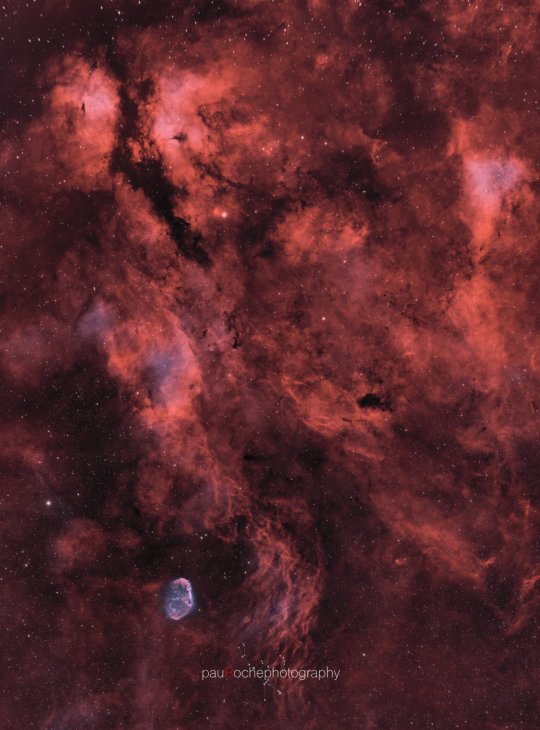




“The cosmos is all that is, or ever was, or ever will be.” —Carl Sagan
l Nebulae by Pau Roche
#nebula#space#astrophotography#universe#cygnus#nebulae#nasa#astronomy#stars#galaxy#planets#sky#solar system#veil nebula#carl sagan
4K notes
·
View notes
Text

HFG1 & Abell 6
964 notes
·
View notes
Text


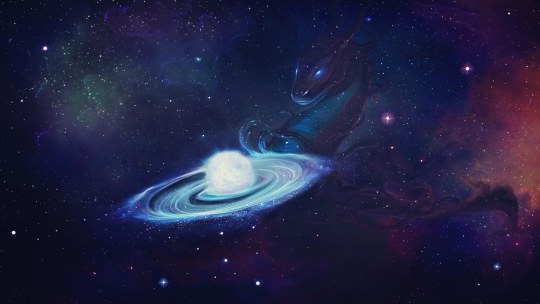
More space paintings I've drawn through the years.
#space#digitalart#my art#cosmos#drawn with krita#universe#nebulae#fantasy#dragon#deepspace#stars#mysterious#dark#space art#art#kryptica
86 notes
·
View notes
Photo

Star Beta Chamaeleontis & Chamaeleon Dark Nebulae
#nasa#space#dark nebula#stars#universe#chamaeleon#astronomy#astrophotography#cosmos#planet#galaxy#planets#solar system#night sky#nebulae
3K notes
·
View notes